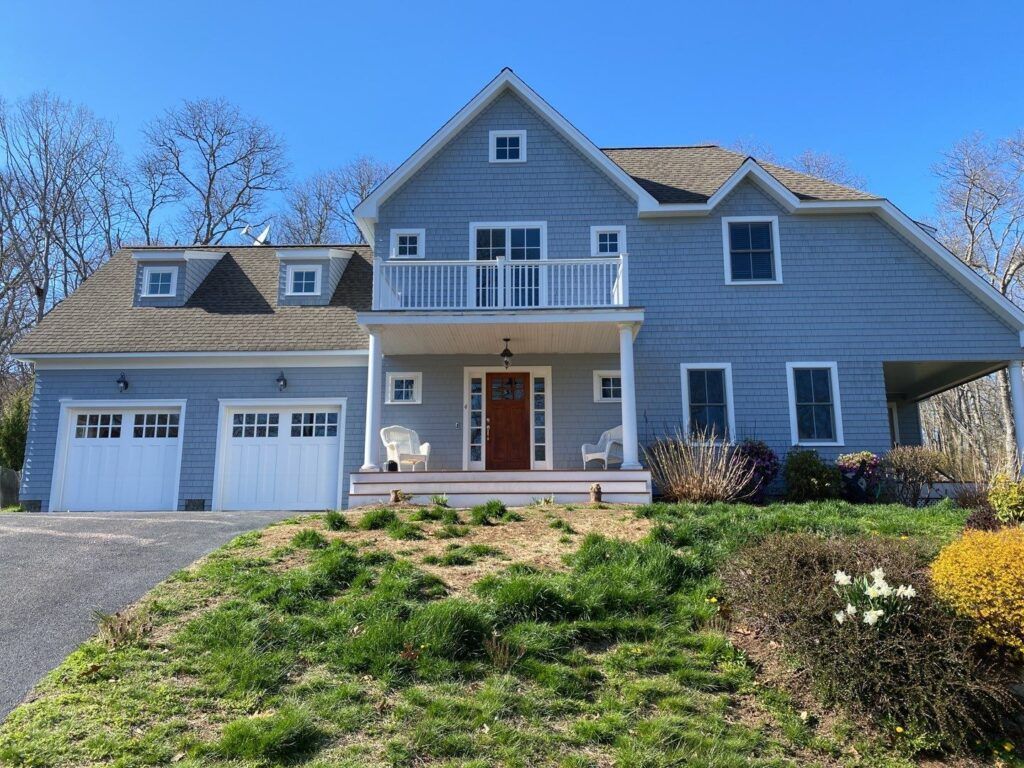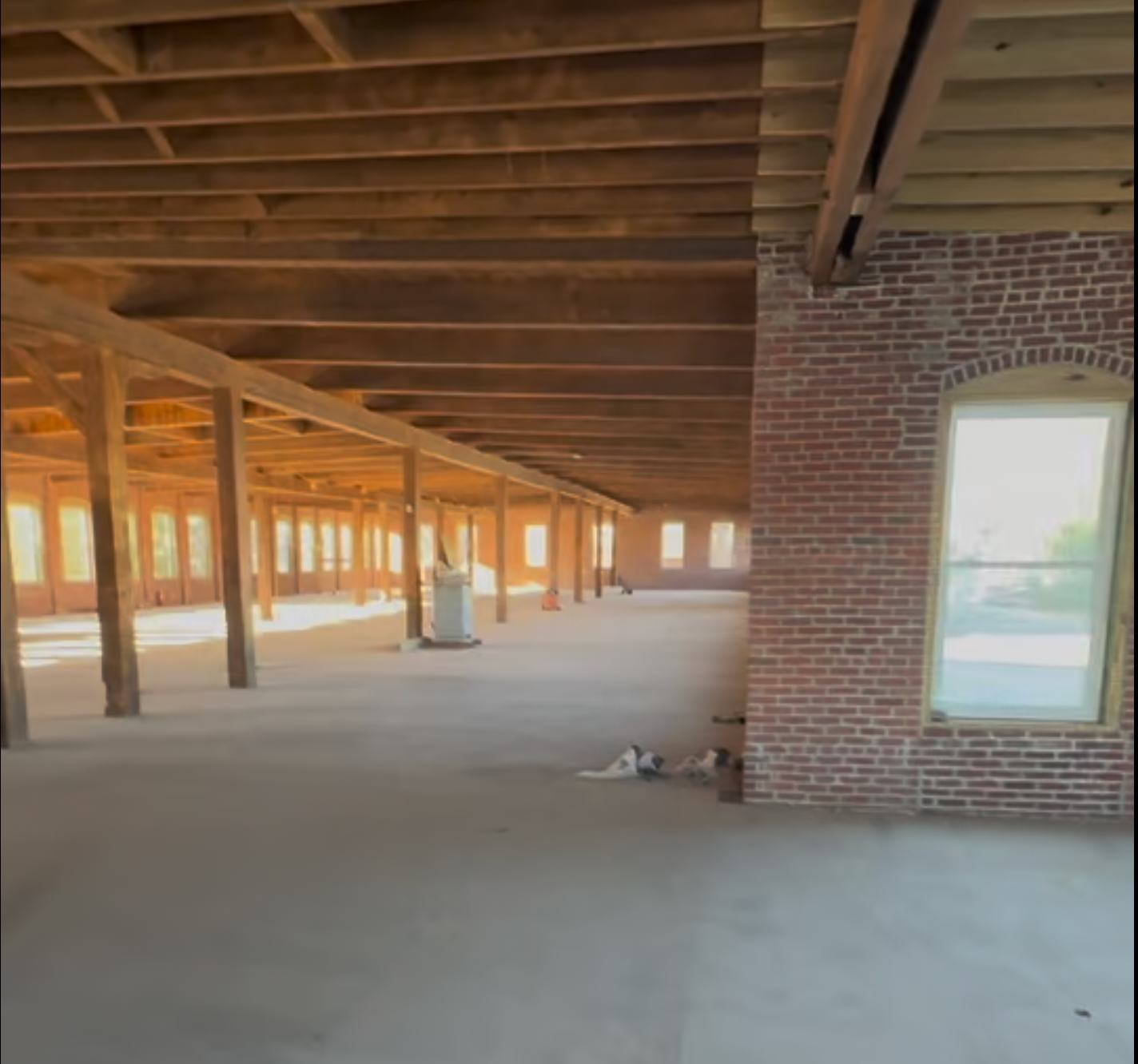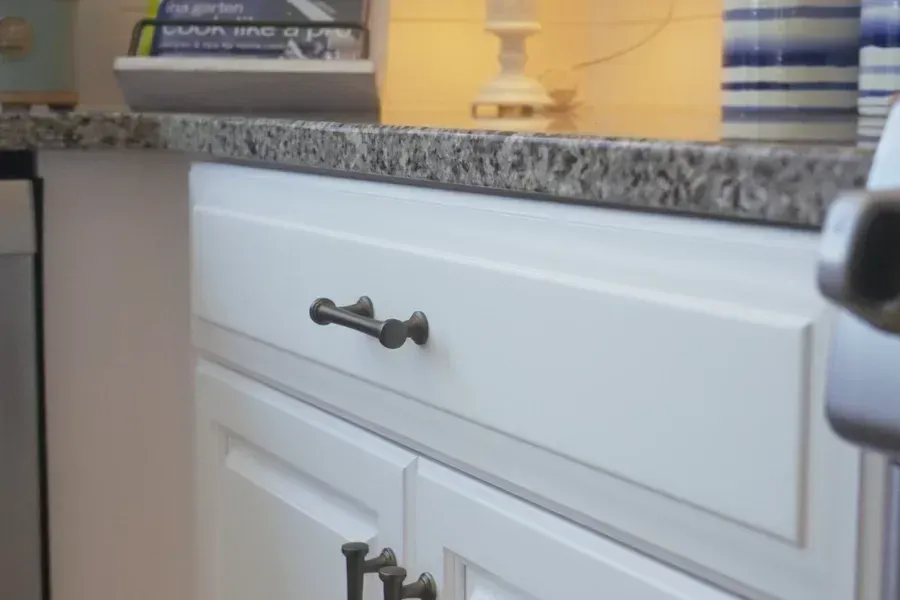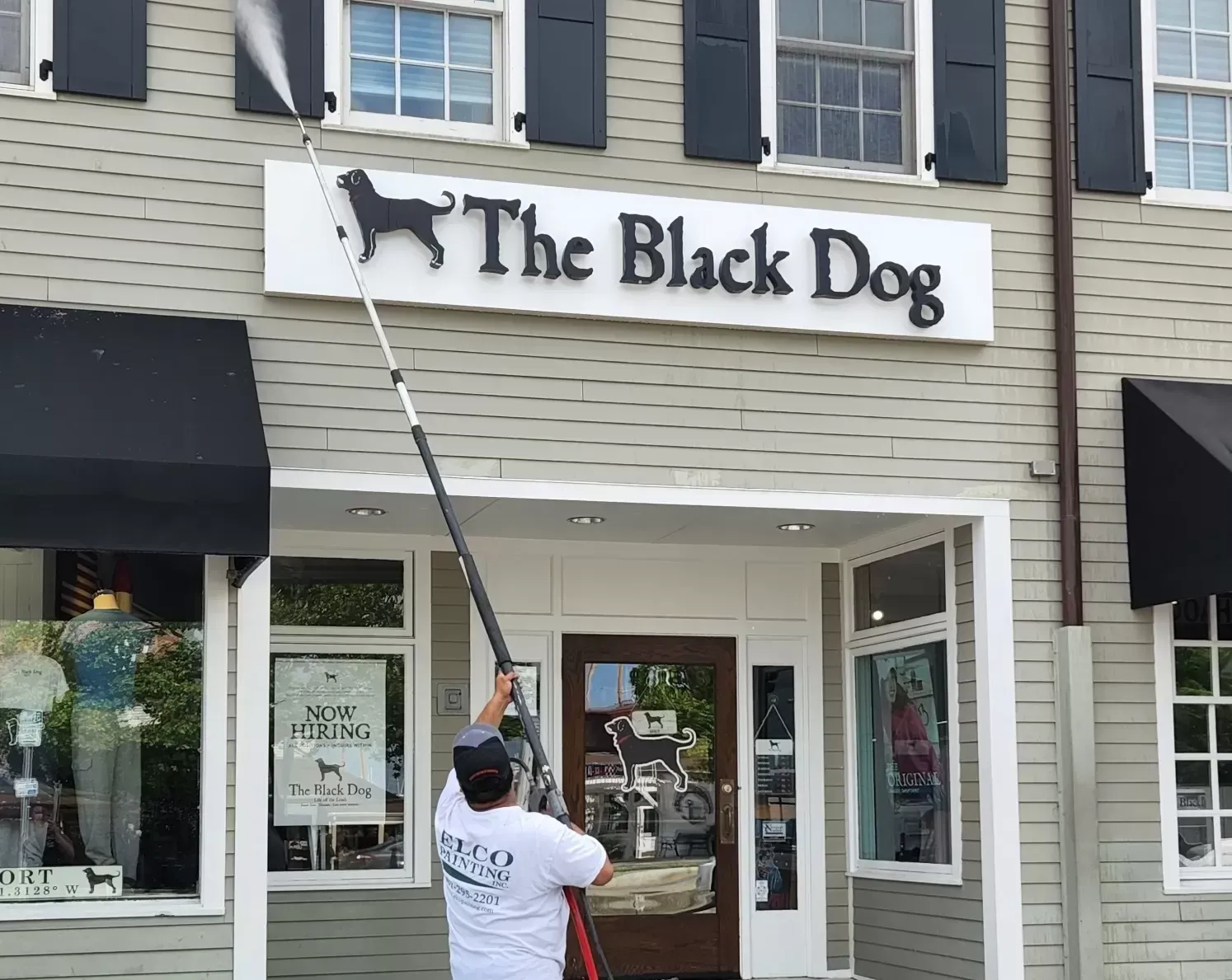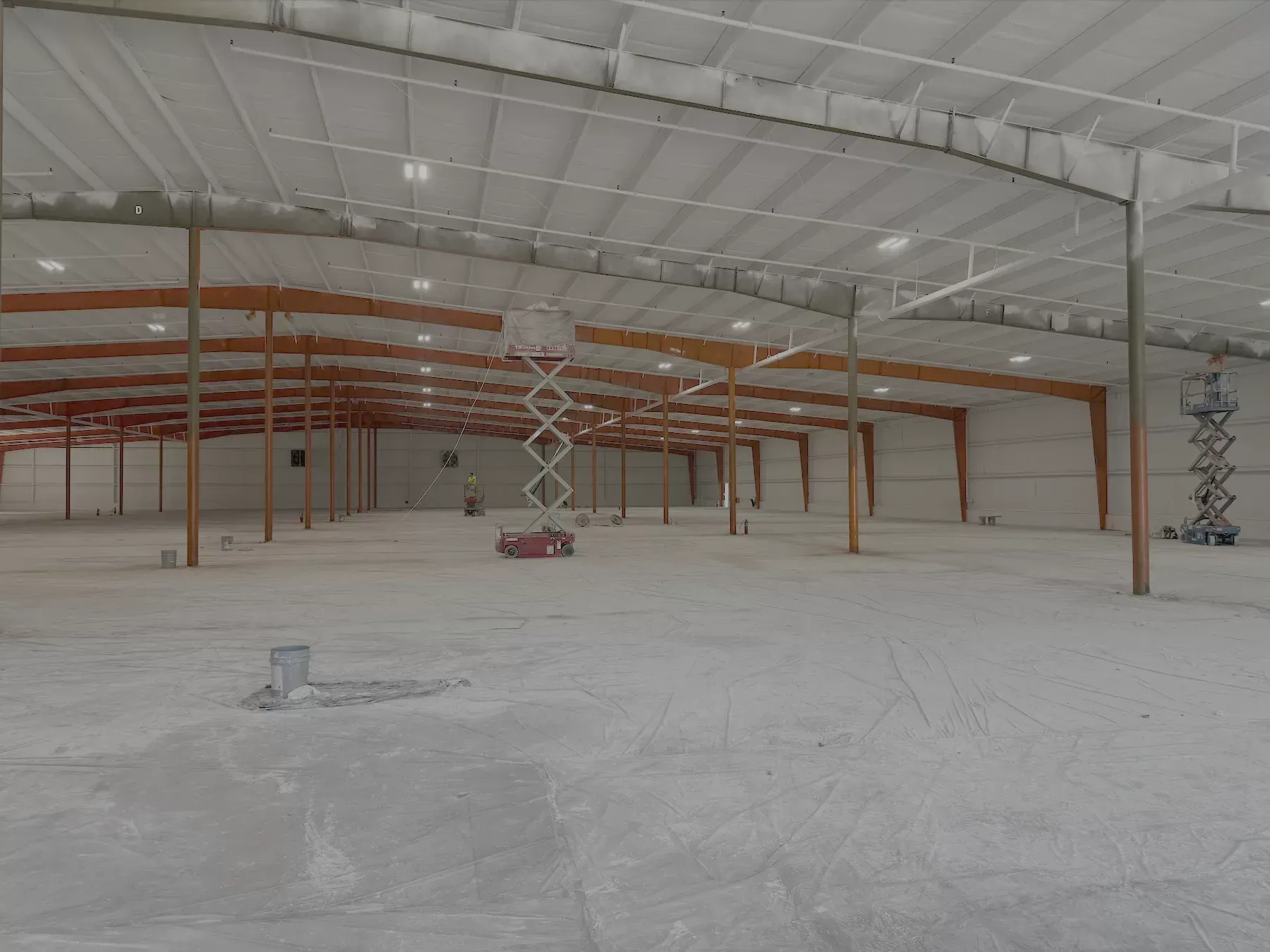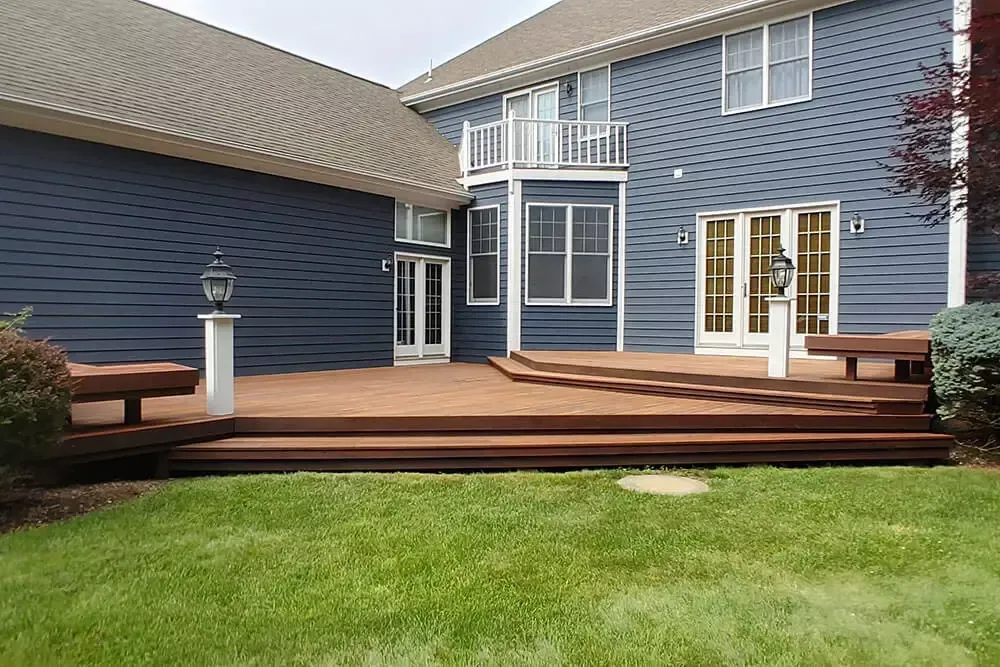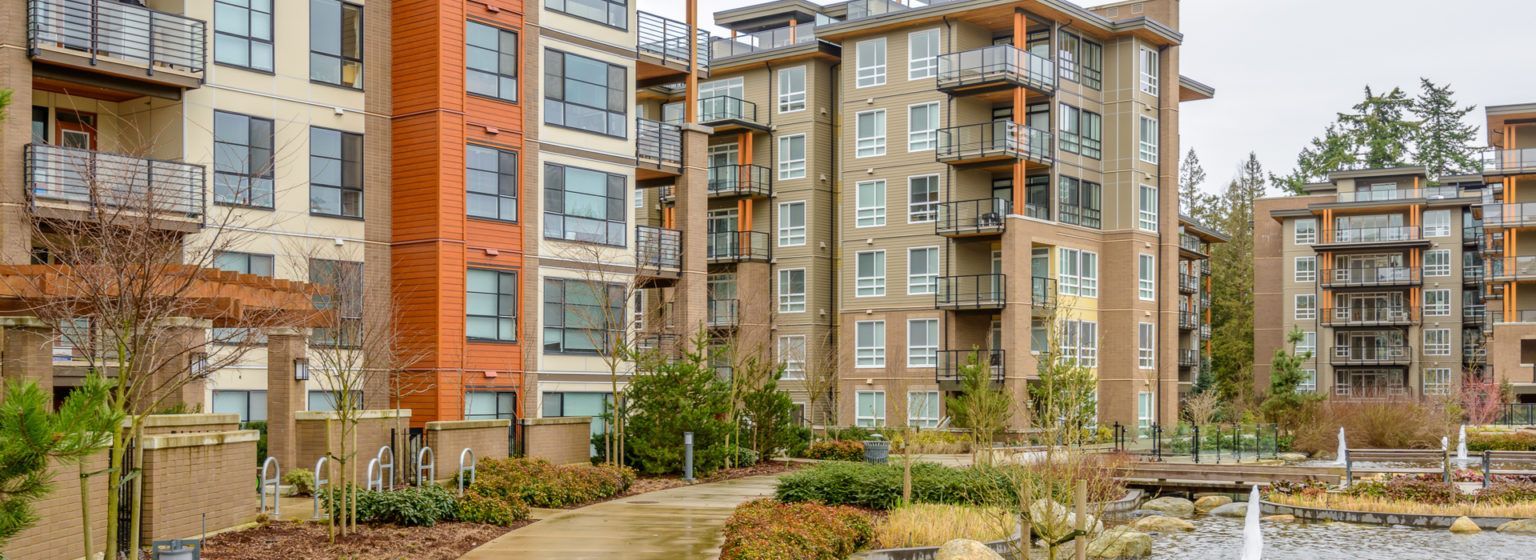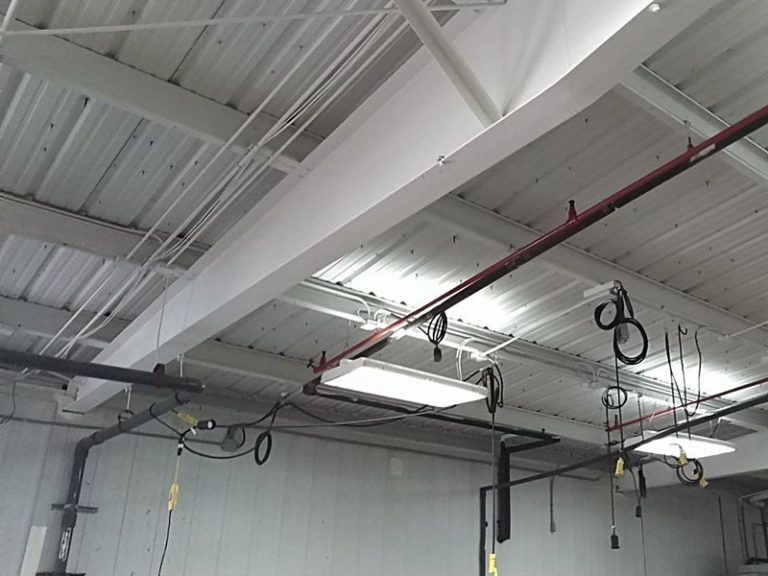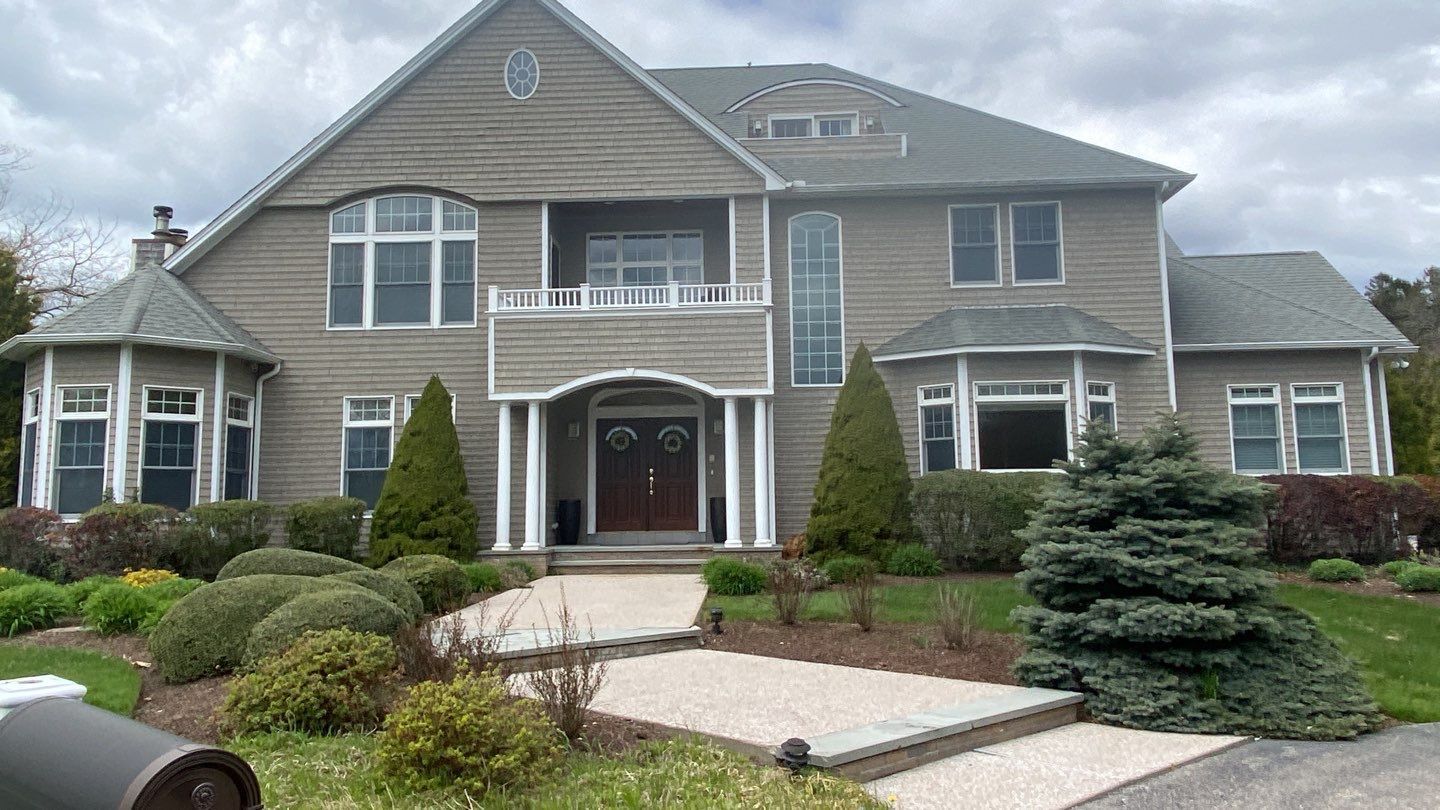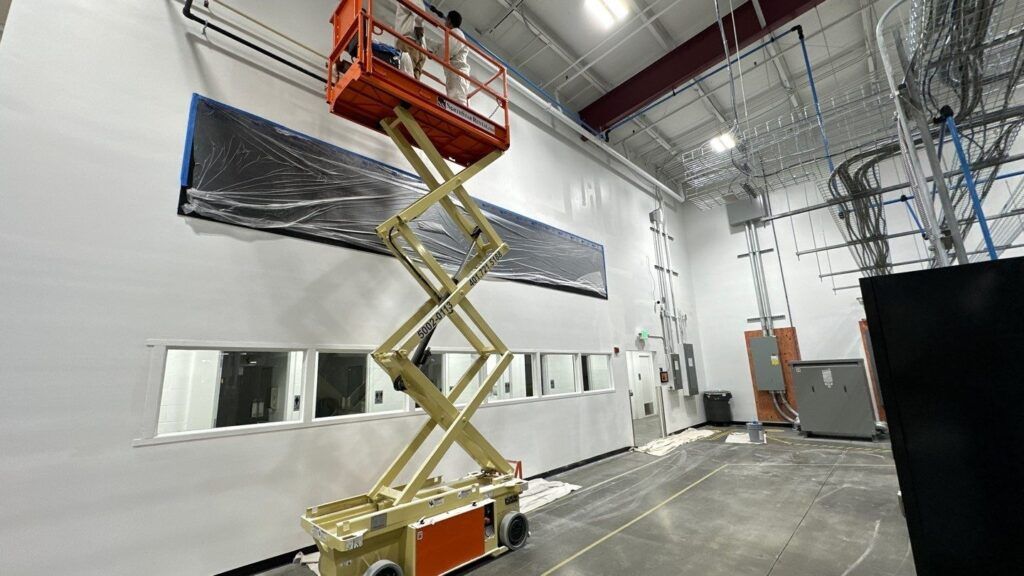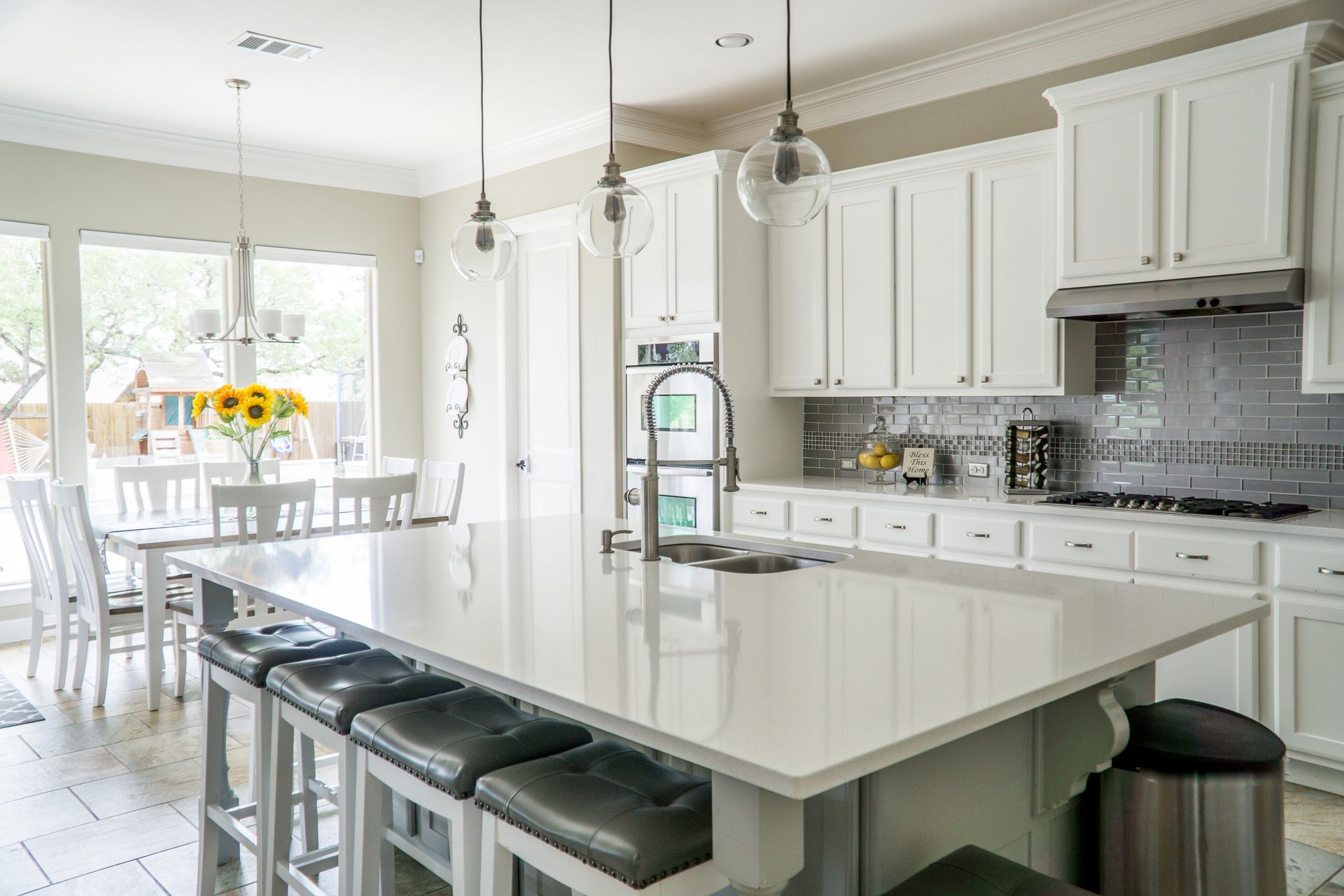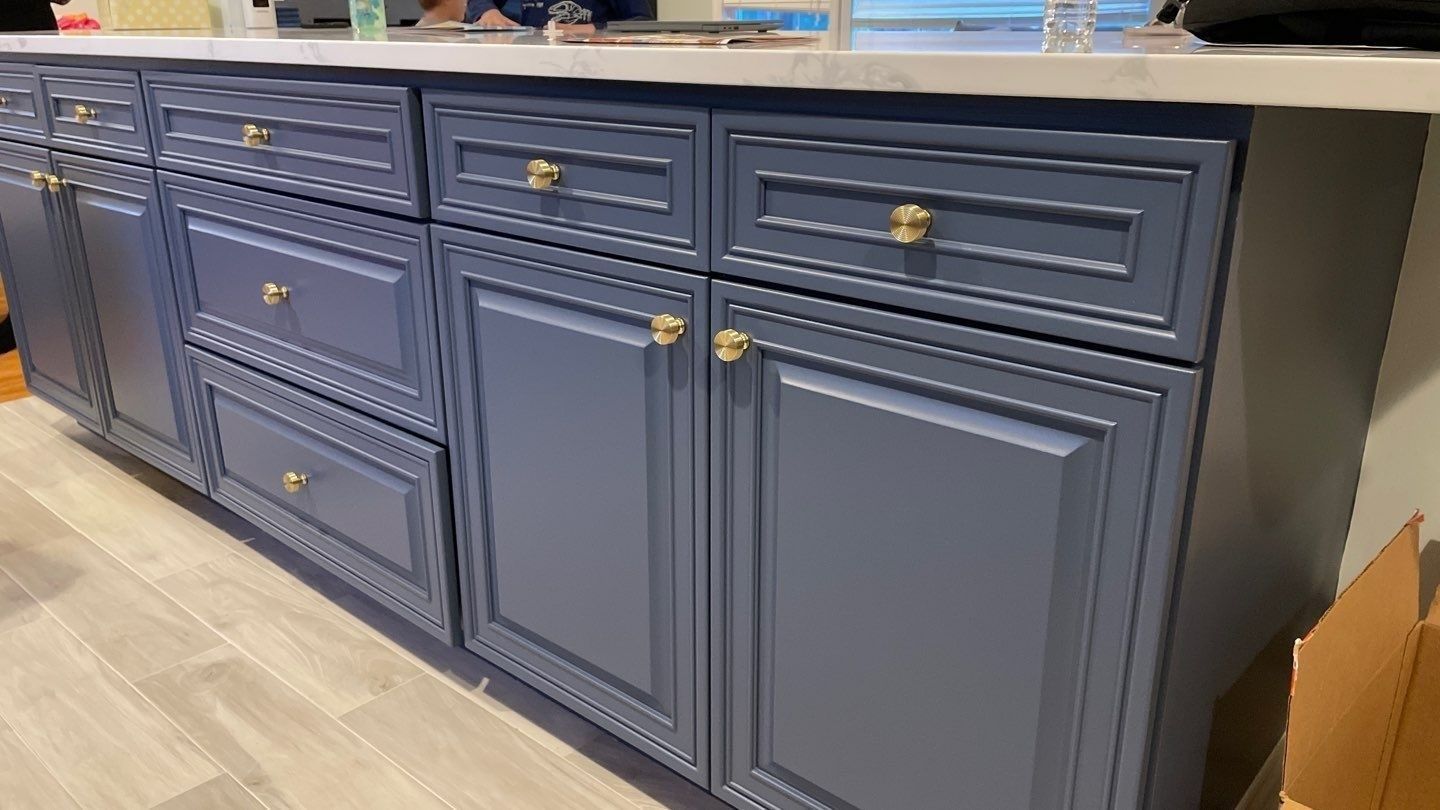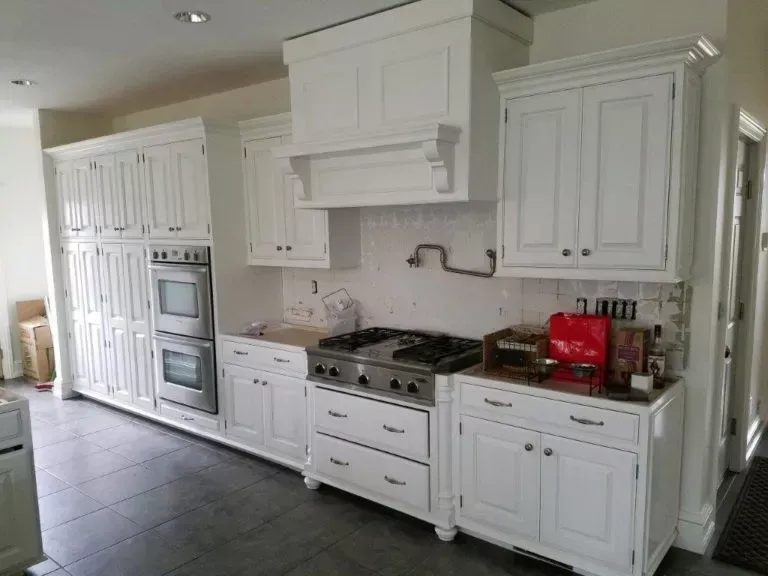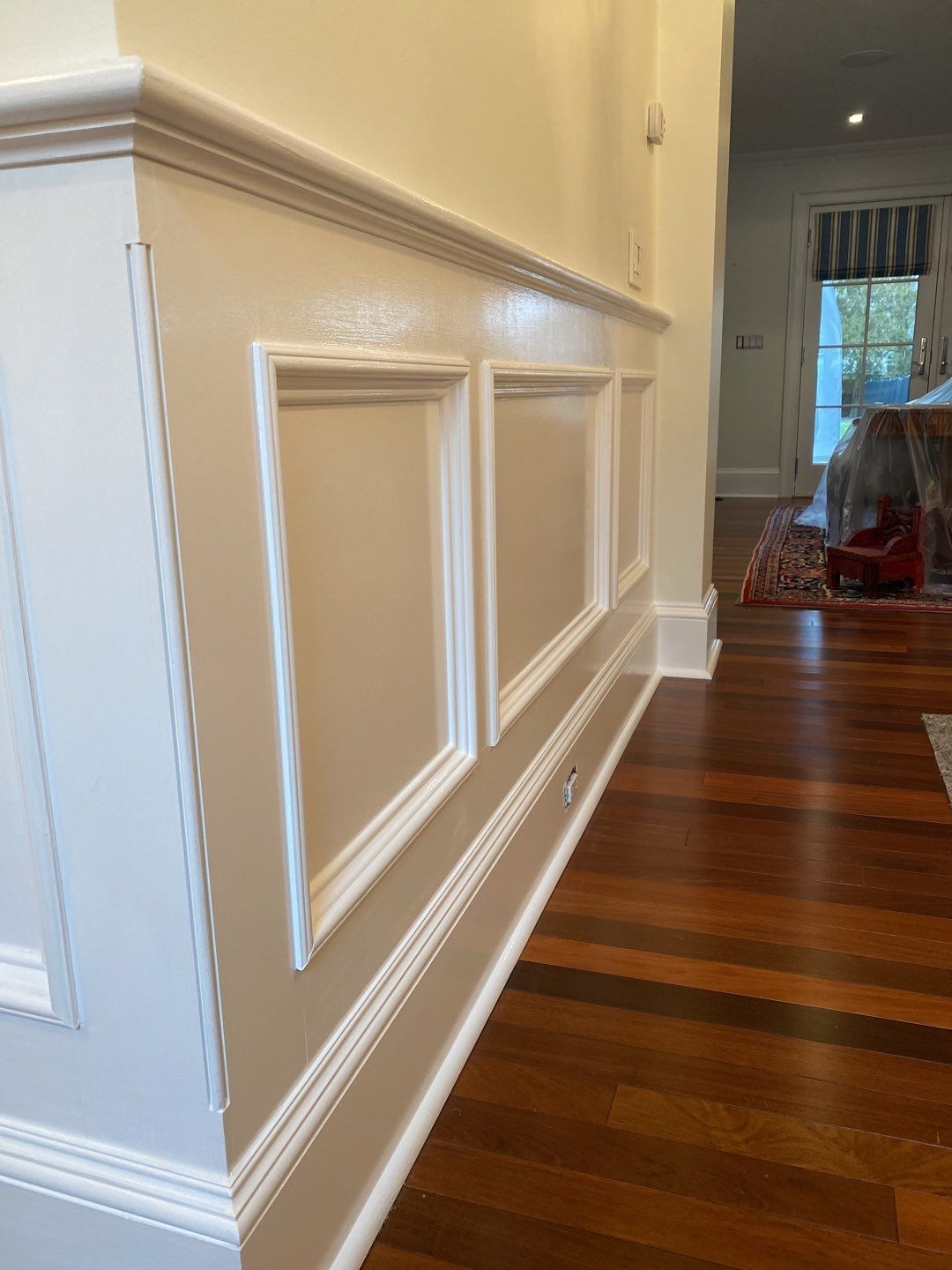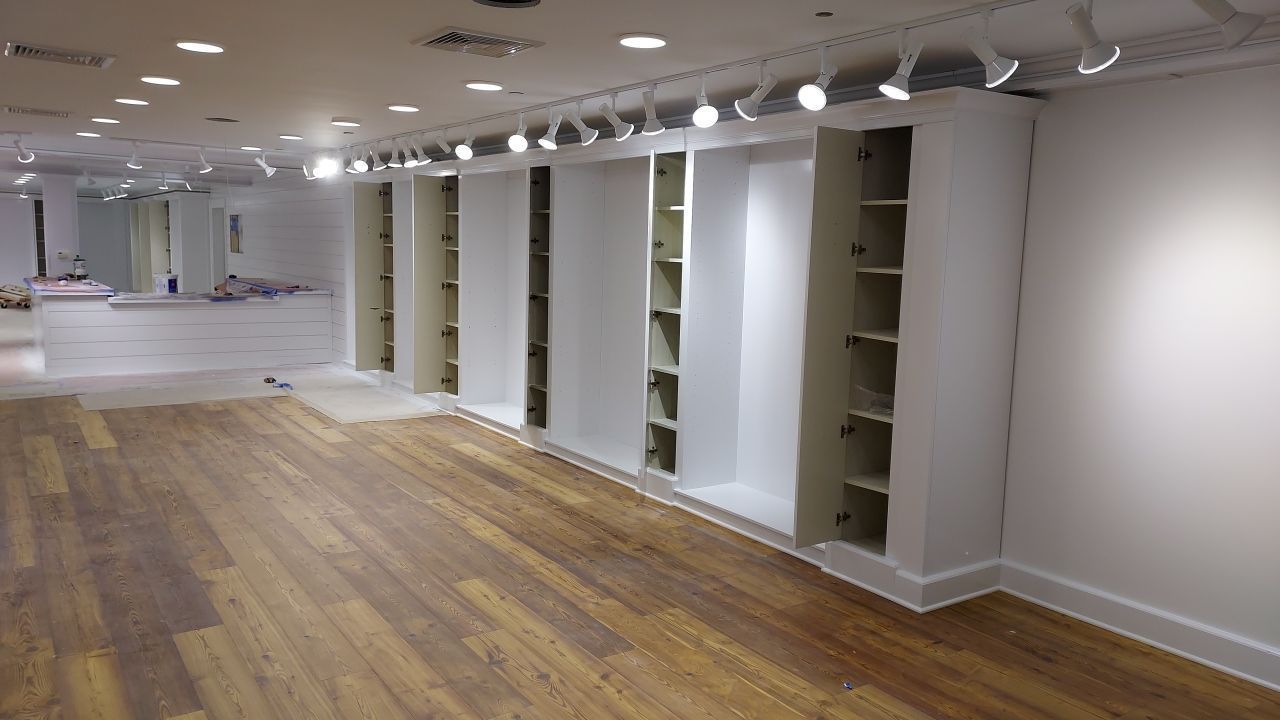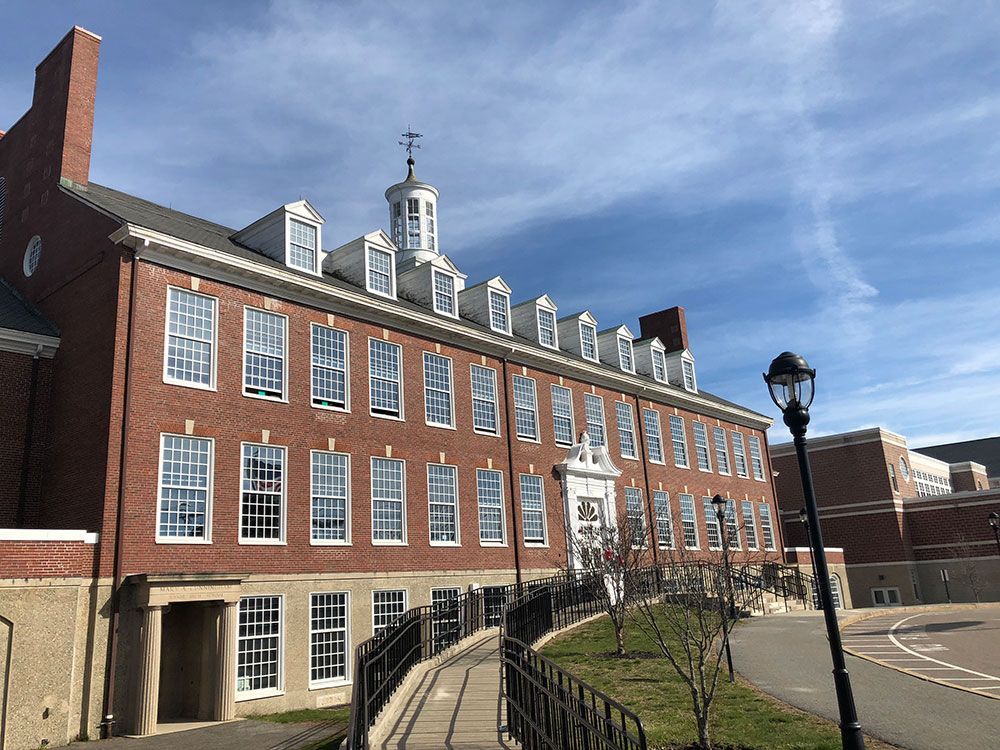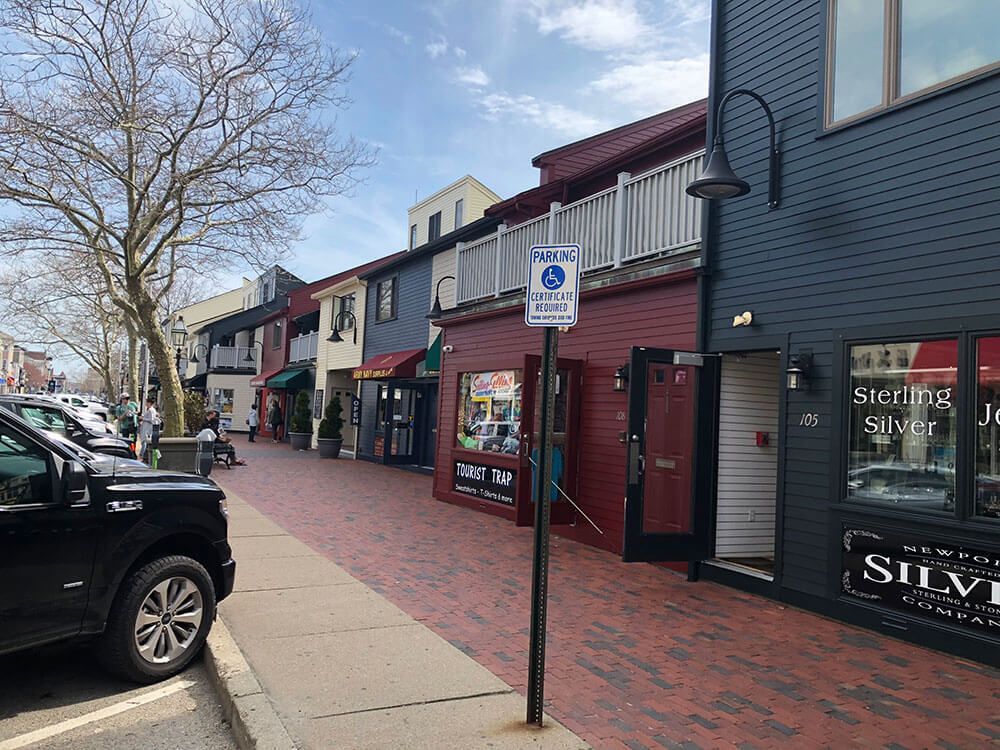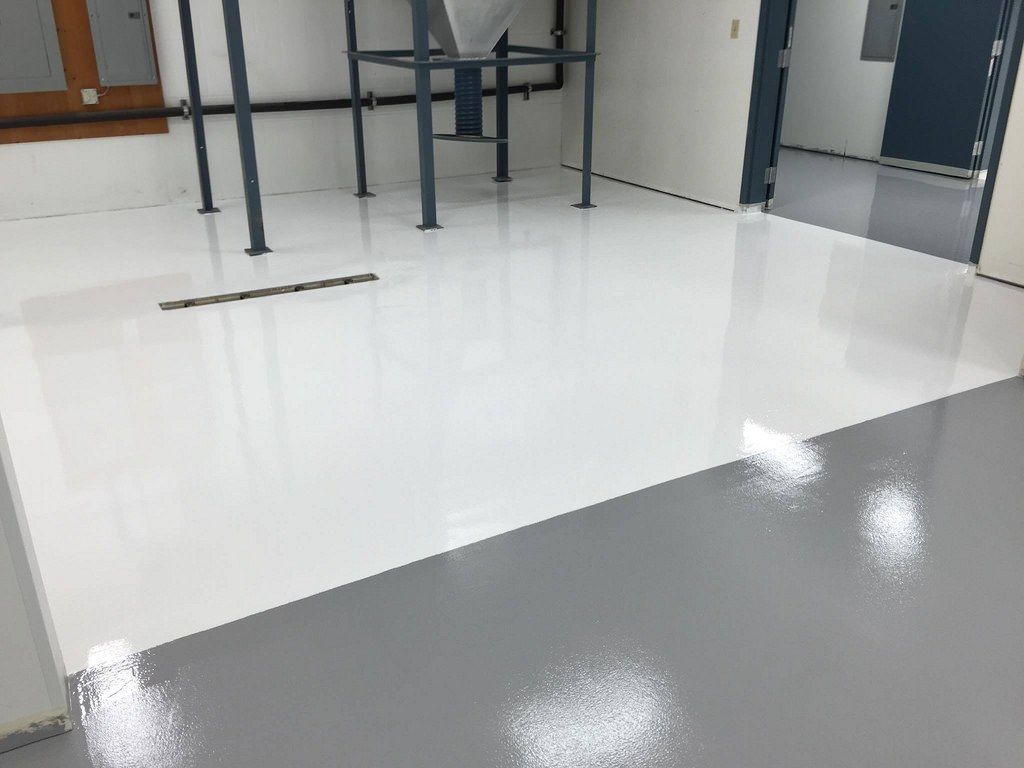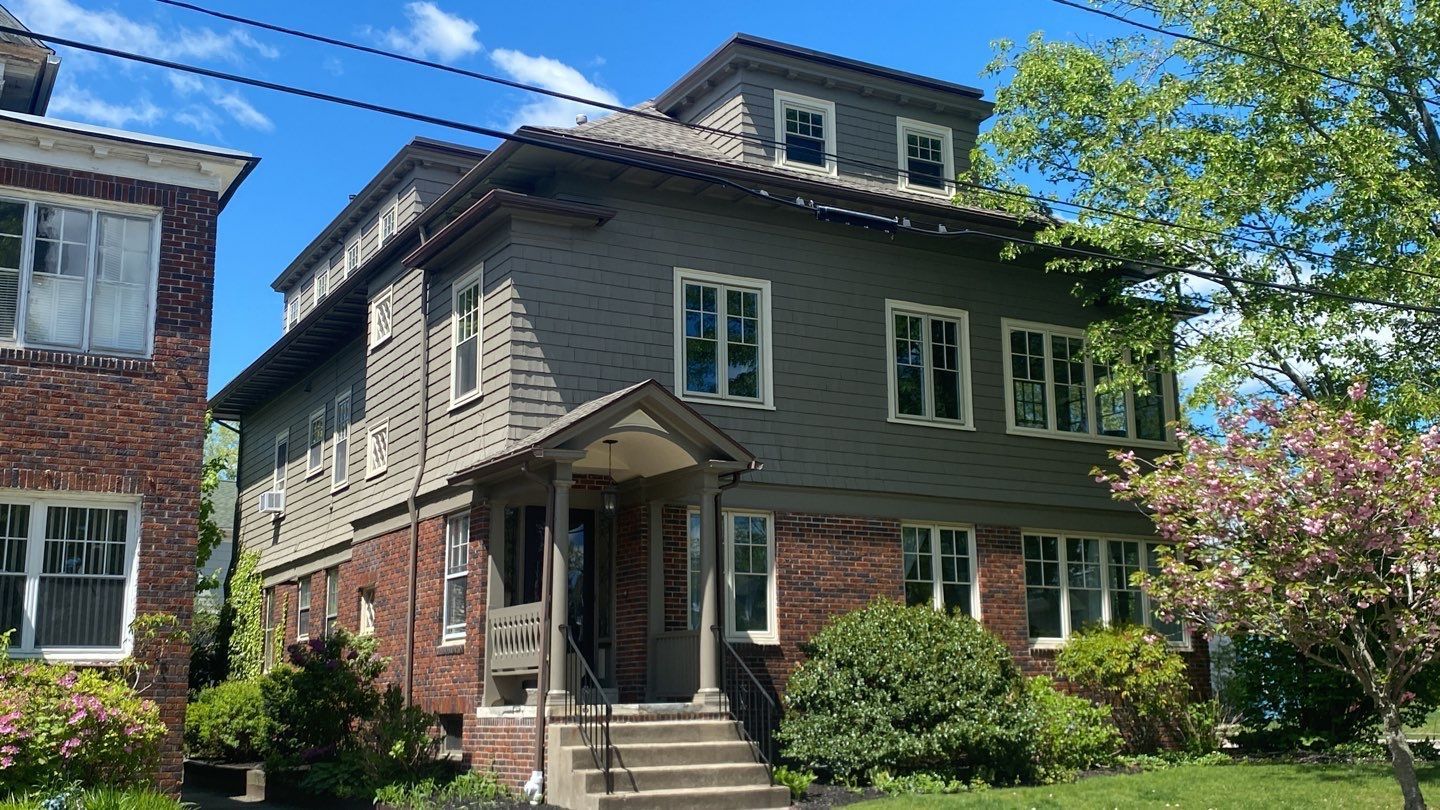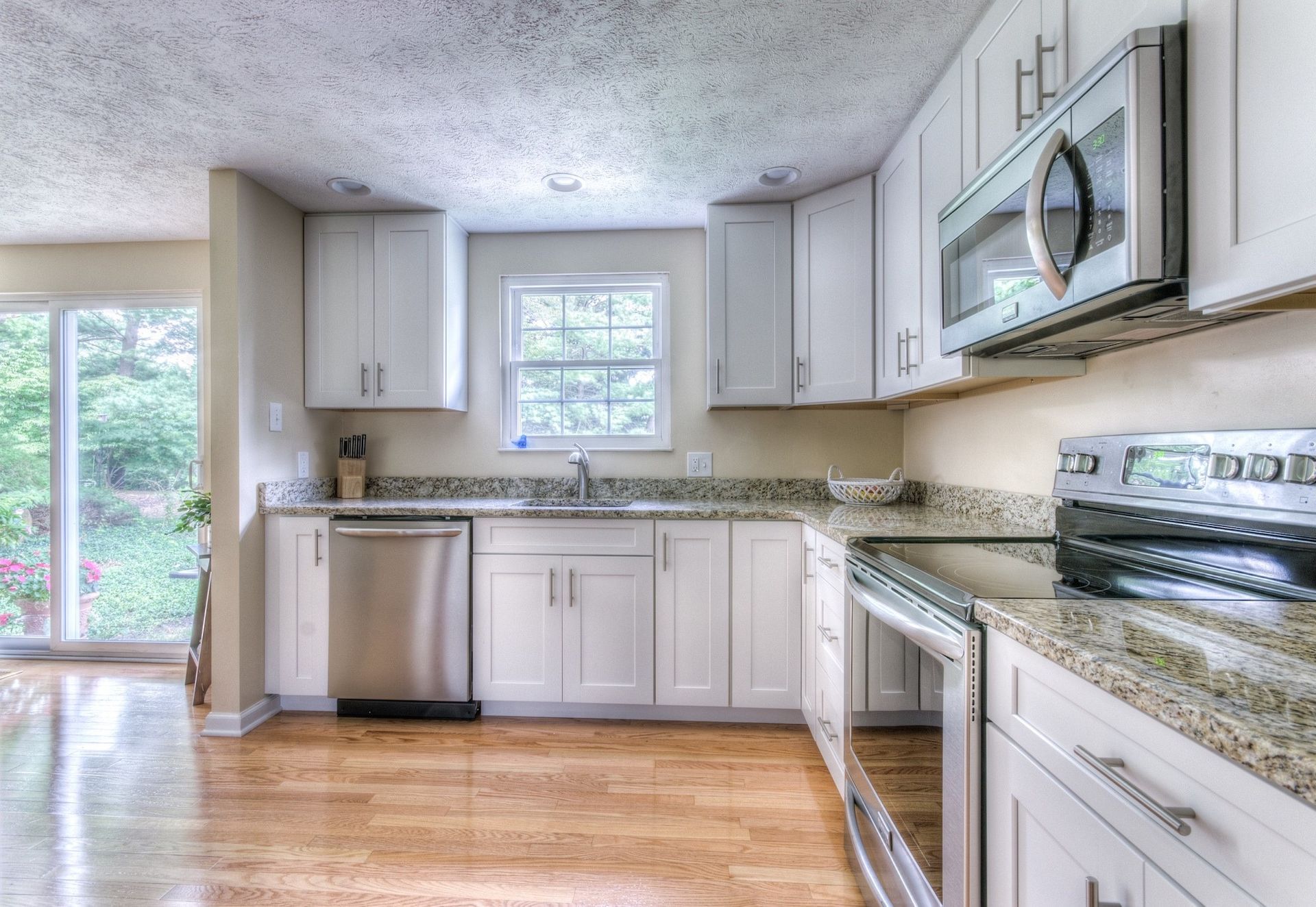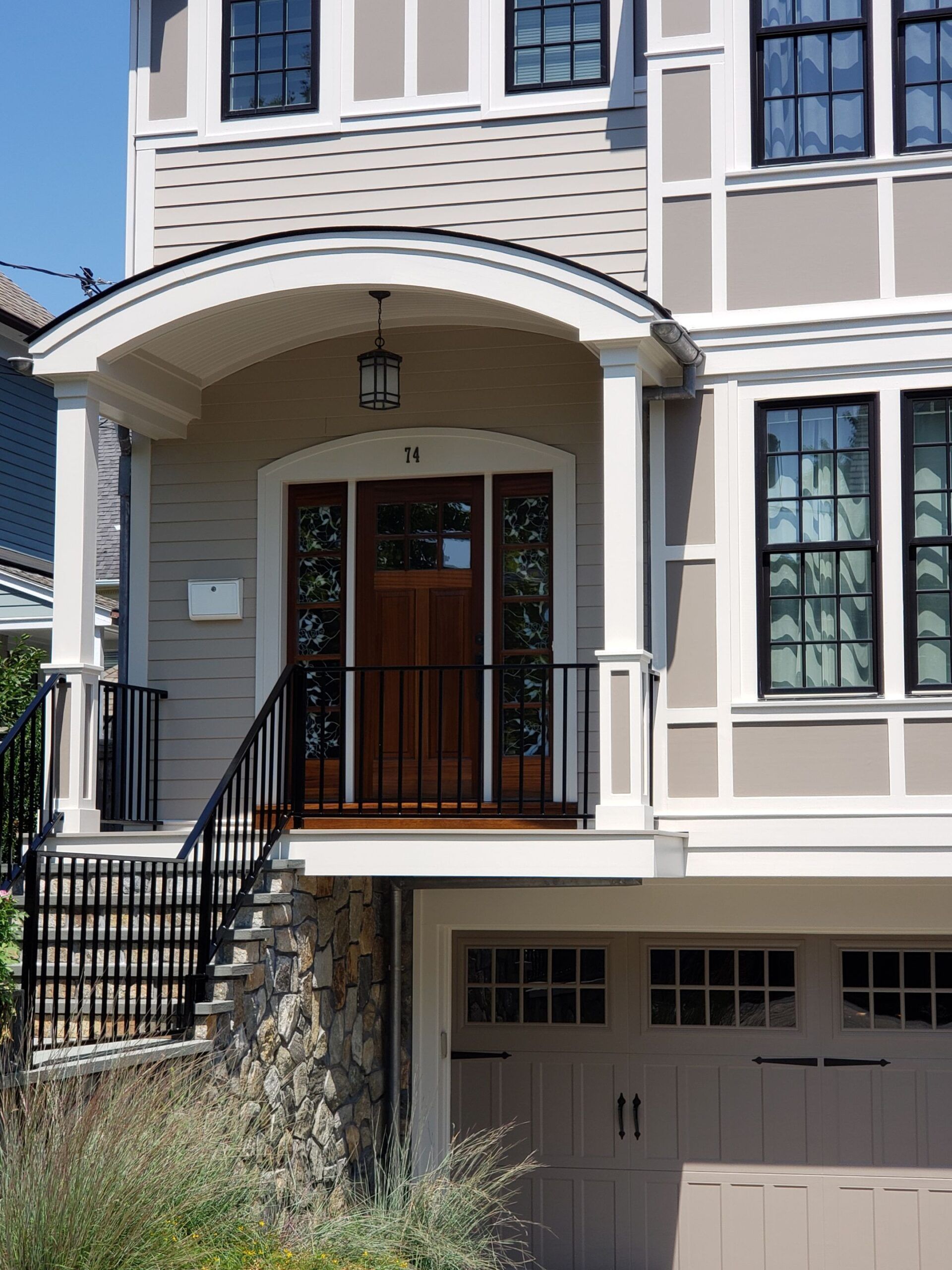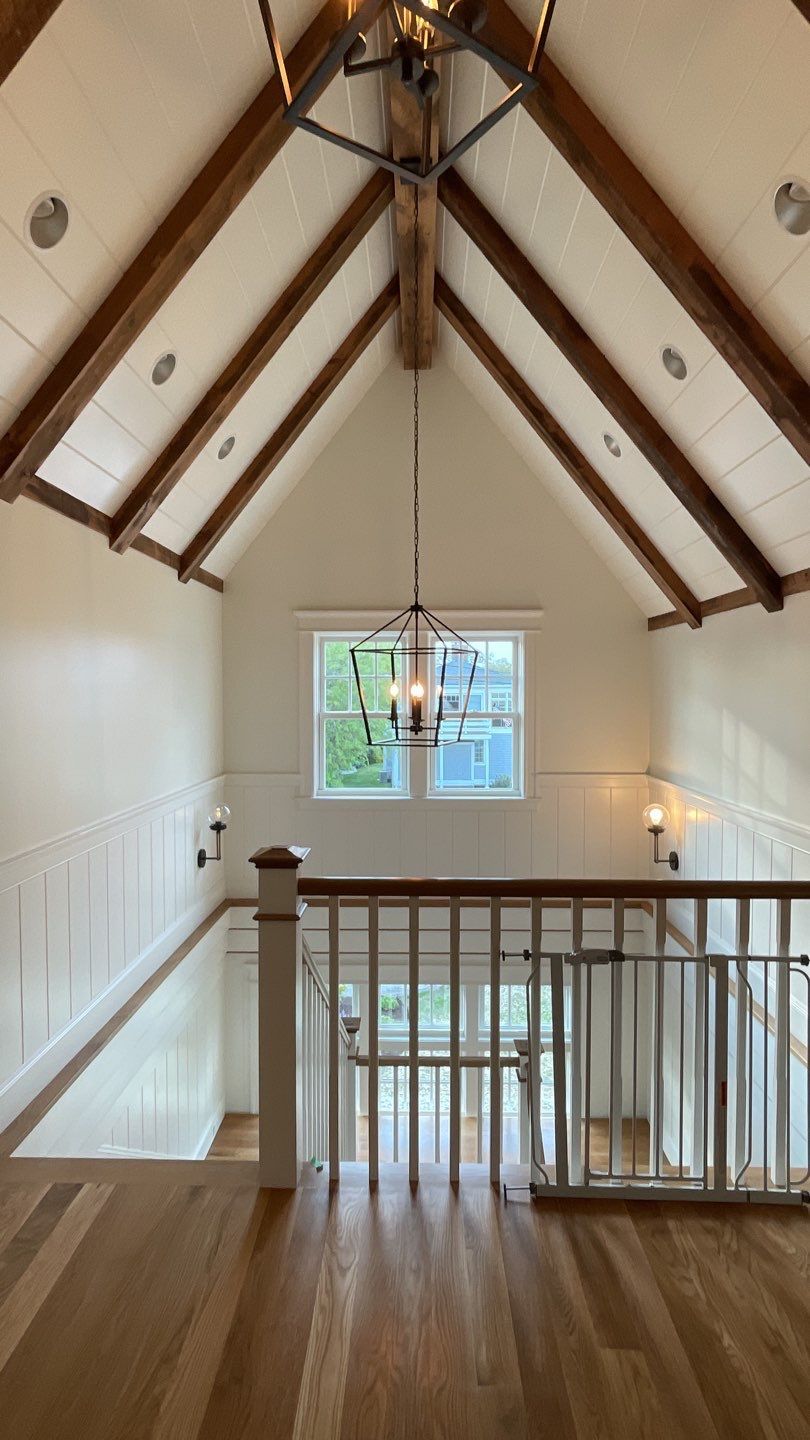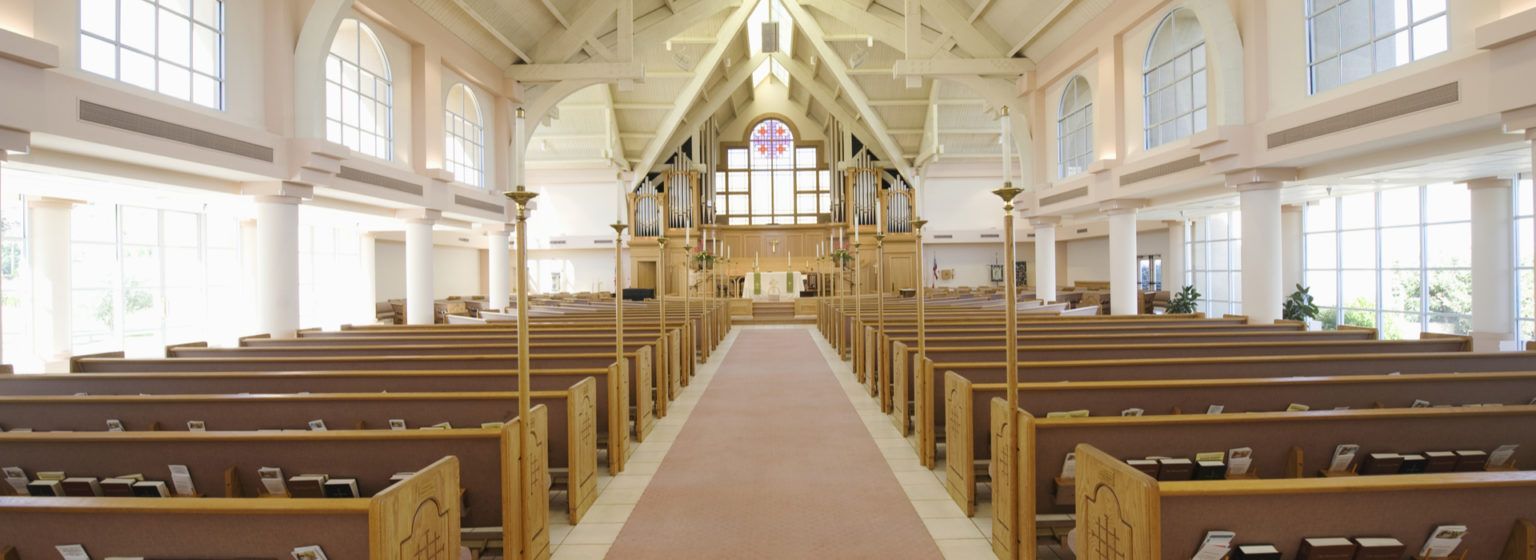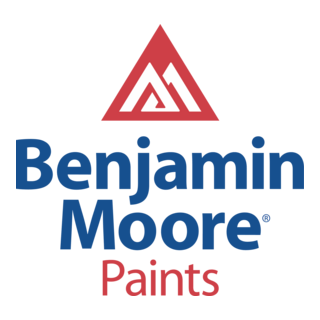Is Priming Necessary for Exterior Painting?
When it comes to exterior painting projects, preparation is always key. However, different locations come with a variety of factors that play into exactly what kind of preparation is necessary. One common question regarding surface prep is: “Do I need to prime before painting?” In this article, we are looking at why residents of Rhode Island in particular should consider whether or not surface priming is a necessary step to include in an exterior painting project.
The Purpose of Primer
Primer isn’t just an extra coat of paint. It’s a unique product designed to seal the painting surface and ensure that the paint adheres securely. These factors are key to accomplishing a smooth and lasting finish. Think of primer as the bridge between the surface and the top coat; it allows for better adhesion and durability.
When is Priming Essential?
The short answer is: not always, but often. Certain situations make the use of primer a non-negotiable step:
New or Untreated Wood: Raw wood is porous and can absorb paint, leading to an uneven finish. A primer seals the wood and prevents unnecessary absorption.
Exposed Surfaces: Priming acts as an extra layer of protection for areas that are susceptible to sun exposure or rain. Primer not only protects the paint from falling off in these cases but also keeps the harsh elements from damaging the surface itself.
Painting a Light Color Over a Dark One: If your new exterior paint shade is much lighter than the color you are painting over it may take many coats to get a sufficient cover. Primer helps lighten the surface in fewer coats, making the final layer of color consistent and stripe-free.
Surfaces With Stains: It may surprise you to know that certain stains will actually bleed right through most paint. It will seem covered for a moment, but once the exterior paint dries the stain is right back where it was. Priming can help completely cover blemishes like that and prevent them from showing through the new paint.
Rhode Island Factors
With its proximity to the ocean, Rhode Island has a few unique characteristics that make priming especially worthy of consideration. Here are four in particular:
- Fluctuating Humidity Levels
- Salty Air
- Sun Exposure
- Gusty Winds
All of these can significantly challenge the lifespan of an exterior paint job, but primer plays a pivotal role in combating these.
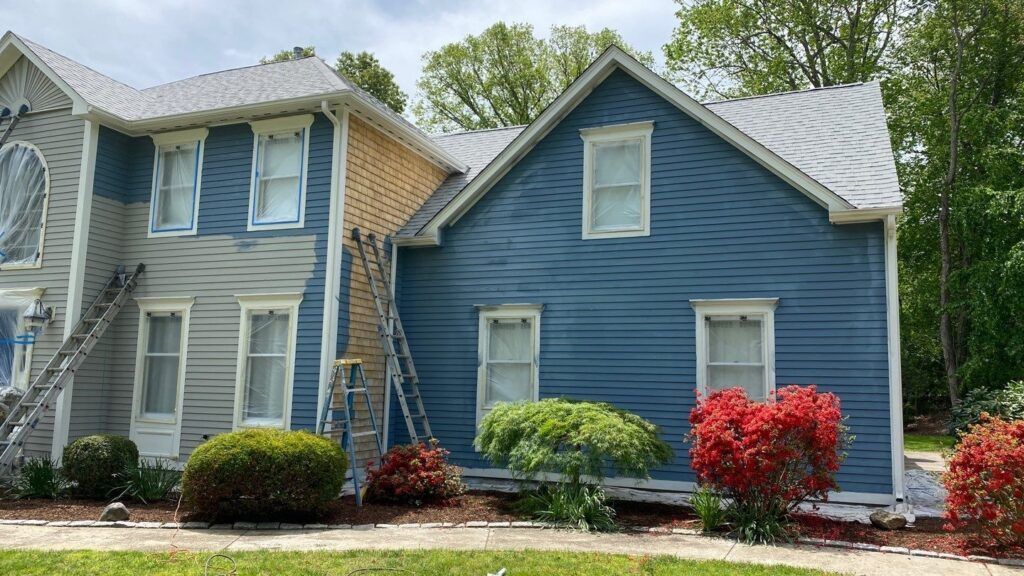
Thorough Surface Preparation: The Key to a Lasting Paint Job
As important as Priming is, it’s not the only thing to keep in mind. Remember that any exterior painting project requires thorough surface preparation regardless of whether or not you prime.
Cleaning: Make sure the area you are painting is free from dirt and debris.
Sanding: Whether you only sand the spots that are especially rough or go over the whole surface, sanding will result in a much more even finish.
Checking for Moisture: Small steps of observation should not be overlooked. Make sure whatever you are painting is dry and free from trapped moisture.
Benefits of Investing in a Professional Application
Given the factors above, a quality primer is well worth the investment, but keep in mind that a quality primer paired with a quality painter is even better! If you are unsure of your home’s specific painting needs consider consulting a professional company that already has the knowledge and the experience.
Frequently Asked Questions
Q: Can I use my wall paint as a primer?
A: While some paints are labeled as paint-and-primer-in-one, dedicated primers are formulated specifically to seal and prepare surfaces, ensuring better paint adhesion. It’s always best to use a dedicated primer for optimal results.
Q: How long should I wait after priming to paint?
A: Typically, you should wait at least 24 hours to be sure the primer is fully dry. However, always refer to the product’s instructions, as drying times can vary.
Q: If my paint includes a primer, do I still need a separate primer?
A: Paint-and-primer combos can be effective for some jobs. However, for challenging surfaces or in areas with specific climate concerns, like Rhode Island, a dedicated primer is recommended for the best results.
For any more questions, Elco Painting is here to help!
